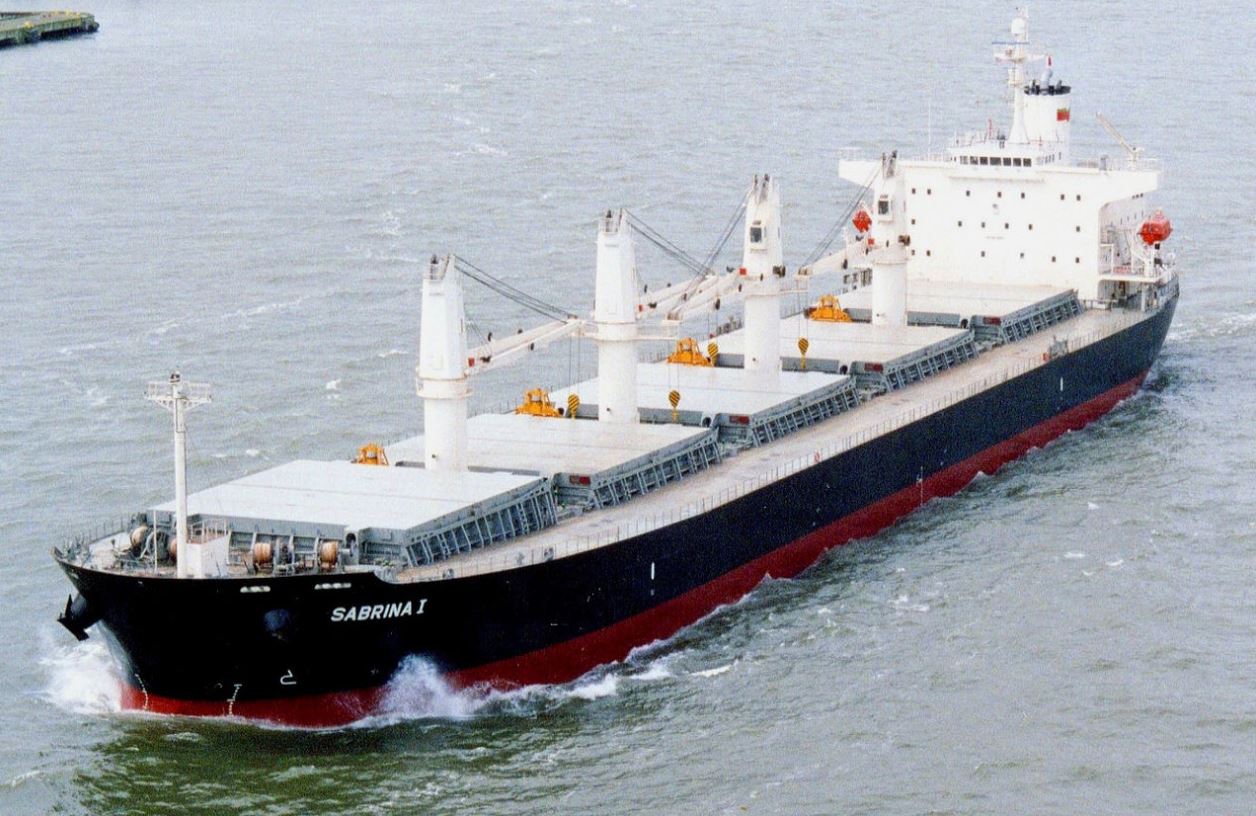After a short period of distress in this sector, dry bulk shipping is once more poised for a period of growth. Dry bulk shipping involves the movement of commodities shipped in bulk: metal ores, coal, grain, and steel products. Lumber and logs are other examples of dry bulk commodities. If you buy something in bulk, you purchase it in large quantities.

Dry bulk shipping is crucially important to the world economy. Since the manufacturing and raw materials sources have been distributed around the world, end-users need to have these commodities available in order to satisfy industrial needs as well as the needs of the individual customer.
For example, if a person buys a car, the steel and other metals need to be shipped to the manufacturing facility first, almost certainly spending some time in a dry bulk ship.
Brian Ladin of Delos Shipping in Dallas Texas shares projections for the growth in dry bulk shipping and explains its importance to a functioning world economy.
Dry Bulk Shipping Statistics
While Chinese and Brazilian iron ores have dropped in volume, United States coal exports are beginning to make a major impact on the sector. The Far East has been a major customer of U.S. coal exports. This is happening because American-mined coal is less expensive than Chinese coal.
Chinese iron ore imports slacked off in 2018. Chinese steel mills were continuing to provide a steady output, giving an opportunity for United States coal to enter the market. Chinese steel mills are operating at record high levels as the mills become more efficient.
If this continues to happen, Chinese steel outputs will remain steady but the need for foreign coal will go down. This could have damaging impacts on the United States dry bulk shipping sector.
Effects of Tariffs on Dry Bulk Shipping
The increased tariffs imposed by the United States and Chinese governments have impacted the level of dry bulk shipping between these two countries. This has meant that certain dry bulk commodities like United States soybeans are more difficult to sell. This has had an impact on the overall volume of these commodities that are shipped abroad.
Tariffs have also affected the European market as the EU takes measures to shield its own steel markets against U.S. steel. India is also putting this knowledge into practice.
How to Make Dry Bulk Shipping Profitable
The key to making dry bulk shipping profitable lies in making sure that only ships with a clear market demand are being built. Putting a great deal of money into building a new ship, only to find that these ships are not being used to capacity, drags down profits. This also creates an imbalance in shipping between the countries in question.
The fleet should be kept updated, but older ships need to be demolished in order to provide the safest and most efficient service. Many owners are reluctant to demolish their old ships, leading to a glut in the market of less-efficient ships. When these old ships are taken out of the system, there will be more room for growth.
Outlook for Dry Bulk Shipping
In 2016, the market experienced a significant downturn in earnings. This downturn was caused by the increased prices on commodities, including tariffs. In 2018, the market has rebounded somewhat, especially for Capesize ships. These ships are the most profitable in earnings of dollars per day, but the returns have wild swings from one quarter to the next. The other sizes of ships (Panamax, Supramax, and Handysize) have a steadier growth curve.
The supply and demand balance is currently in favor of ship owners. Freight rates have continued to climb in modest terms. The dry bulk indicators like the BDI have shown that the overall rate of shipping has nearly doubled since the market low in 2016.
The risk and volatility in the market need to be accounted for in order to understand the market in full. Volatility and risk have been lowered in the Handysize market, at an average of 52.7 percent. Panamax experienced a 41 percent decrease in risk while Supramax experienced a decrease of 37.9 percent. Capesize came in last with a decrease of only 15.2 percent.
Most forecasts of dry bulk shipping call for a 1.5 to 2 percent increase in the seaborne trade of the most popular commodities, including coal, iron ore, and grains. Shipping companies will be able to take advantage of this growth in the coming months and years if they are careful to keep their fleets up-to-date and account for the impact of tariffs on their business.
A Vital Part of the Economy
Brian Ladin of Delos Shipping understands the impact of dry bulk shipping on the world economy and encourages analysts from all lines of business to study the industry.
The importance of dry bulk shipping cannot be overstated. Since the global supply chain has become so focused on Chinese imports and exports, dry bulk shipping is vital to keeping global industries supplied with raw materials. American and European interests need to make sure that they are paying attention to market trends and account for tariffs’ effect on their profits.
Video – Logistics
_____________________________________________________________________
Interesting related article: “What is Logistics?“

